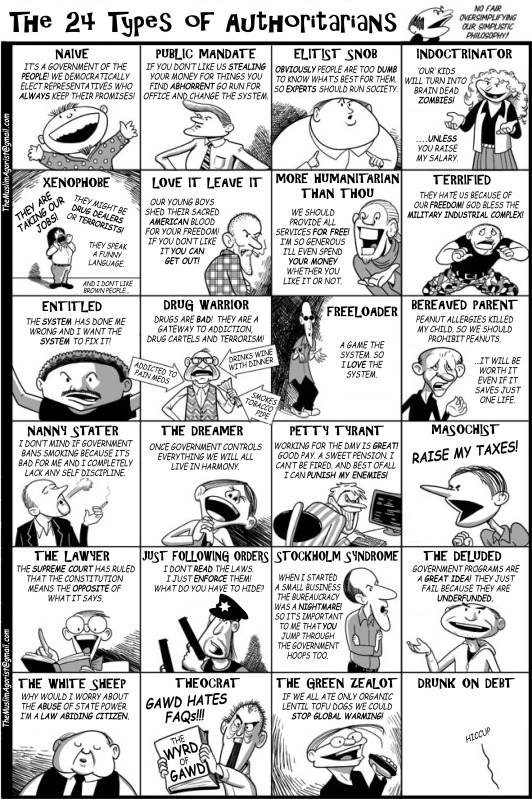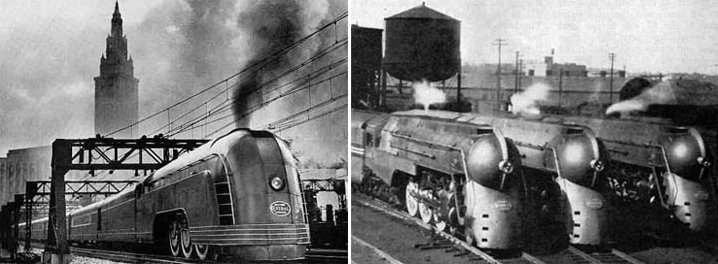[. . .] isn’t it just the slightest bit embarrassing for a government whose leader has trashed libertarians for their ethical myopia to have minions and media partisans present a libertarian pretext for an action that is not literally among the first 200 policy changes that would be implemented by an intelligent libertarian given plenary power?
Colby Cosh, “Census squabble: weak arguments shouldn’t have even worse foundations”, Maclean’s, 2010-07-12
July 12, 2010
QotD: Silly census fuss
Another ploy to save the British ID card system
Even though they’re no longer in government, Labour is still trying to save their ID card system:
The latest group lucky enough to enter their sights just happens to be the transgendered. The Identity Documents Bill, which is intended to assert the Coalition’s new position vis-à-vis matters like identity cards is currently at the Committee stage in the House of Commons.
On Tuesday, Labour MP and one-time Identity Minister Meg Hillier was on her feet proposing an amendment, which stated: “Any ID card issued to a transgendered person, which is valid immediately before the day on which this Act is passed, shall continue to be valid until the Secretary of State has laid before both Houses of Parliament a report to the effect that the Secretary of State is satisfied that an identity document in the assigned gender is available for issue to a transgendered person.”
And the down side for transitioning transsexuals?
While the amendment was intended to prevent a particular group being “outed”, the fact that this amendment would make the transgendered the only group of UK citizens in the country still carrying identity cards would be a de facto outing by the government.
He also introduced an intriguing notion and marker for future debate, suggesting that maybe the simplest solution was not more bureaucracy, but the removal of gender identity from any documents unless it was absolutely necessary.
The Guild Season 4 trailer
Even the US Army can’t escape the past
StrategyPage looks at recent updates to the US Army’s training doctrine, and their need to re-learn from the past:
Over the last few years, the army has been revamping its training and operating manuals to reflect what was learned (or, often, relearned). The army has dozens of manuals, pamphlets and other documents detailing how the troops should be trained, and how they should fight. All these are being brought up to date with what has been learned in Iraq and Afghanistan. Most of what is being lost is speculative stuff added in the 1990s, after the Cold War ended, and the army foresaw a future in which technology would change everything. Tech did bring many changes, but not always as anticipated. Combat and a live (not imaginary) enemy imposes a reality that often cannot be predicted.
For example, five years ago, the army completed a revision of its counterinsurgency (COIN) manual, for the first time in twenty years. The army has a long history of success fighting guerillas. Even Vietnam, which conventional wisdom counts as a defeat, wasn’t. The conventional wisdom, as is often the case, is wrong. By the time the last U.S. combat units pulled out of South Vietnam in 1972, the local guerilla movement, the Viet Cong, was destroyed. North Vietnam came south three years later with a conventional invasion, sending tank and infantry divisions charging across the border and conquering their neighbor the old fashioned way.
[. . .]
The main problem with COIN is that the American armed forces takes it for granted. U.S. troops have been defeating guerilla movements for centuries. Through all that time, COIN has been the most frequent form of warfare American troops have been involved with. But COIN has always been viewed as a minor, secondary, military role. It never got any respect. Even the U.S. Marine Corps, after half a century of COIN operations, were glad to put that behind them in the late 1930s. All that remained of that experience was a classic book, “The Small Wars Manual,” written by some marine officers on the eve of World War II. That book, which is still in print, contained timeless wisdom and techniques on how to deal with COIN operations, and “small wars” in general. Much of the work the army has done in the last five years, to revise their manuals, could have been done just by consulting the Small Wars Manual. In some cases, that’s exactly what was done.
The basic truth is that COIN tactics and techniques have not changed for thousands of years. What has also not changed is the professional soldiers disdain for COIN operations. This sort of thing has never been considered “real soldiering.” But the U.S. Army and Marines have finally come to accept that COIN is a major job, something that U.S. troops have always been good at, and something that you have to pay attention to. So when you see more news stories about the COIN manual, keep in mind the history of that kind of warfare, and how long, and successfully, Americans have been doing it.
Remixed anti-Libertarian cartoon
A post at the Mises Economics blog remixes this anti-Libertarian cartoon from leftycartoons.com with equally amusing results:

Streamlined trains
Cory Doctorow links to some photos and posters from the golden age of streamlined trains, saying “by contrast, today’s trains seem to be designed to say, ‘The future will not arrive, but if it does, it will be more of the same.'”:
The gorgeous streamlined steam and diesel locomotives from the 1920s-1930s scream “steampunk” and “dieselpunk” to anyone who can appreciate it, and also provide an ample field for research for train historians and collectors. This was the era of The Mighty Streamlined Machine, and it plainly shows even in black-and-white photographs that remained.
Although the images represent a wide variety of streamliners, they missed one of the most famous:
 LNER 4468 “Mallard” (Image from Scarborough Railway Society)
LNER 4468 “Mallard” (Image from Scarborough Railway Society)




